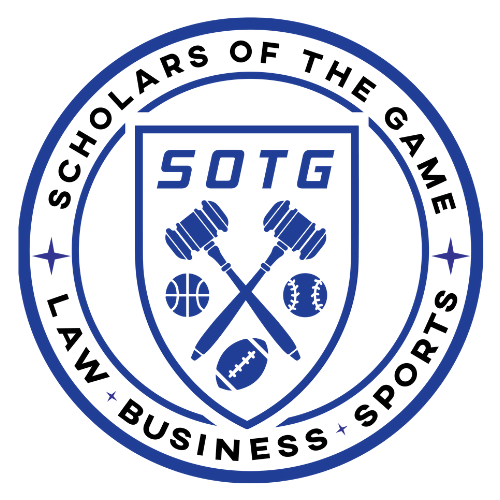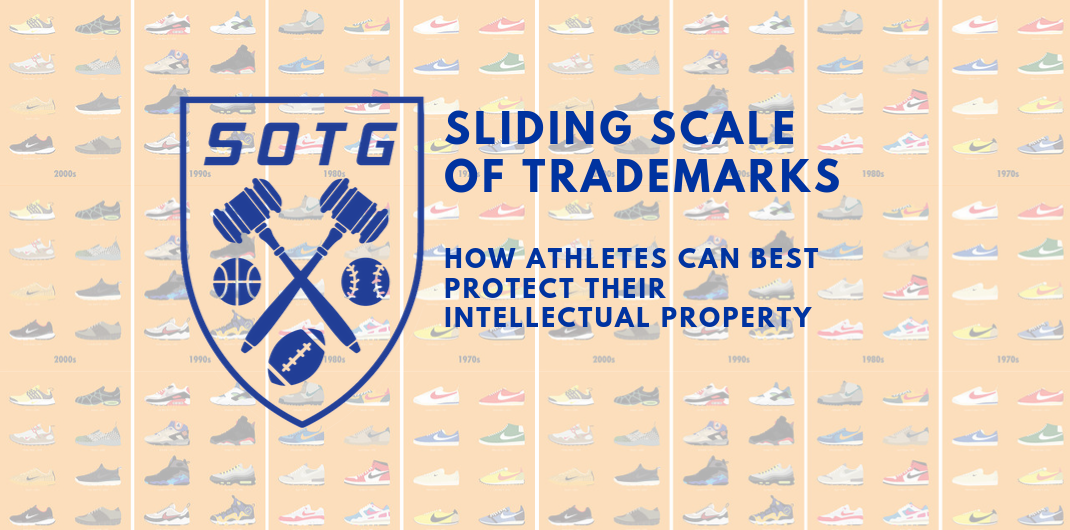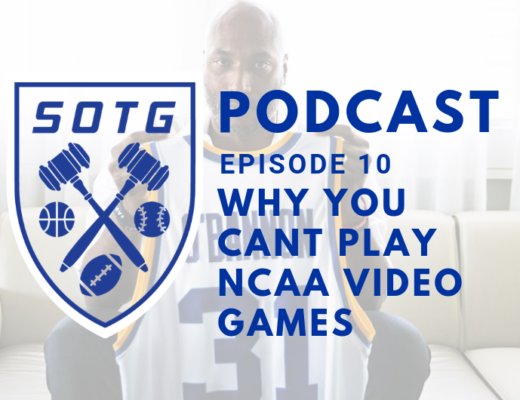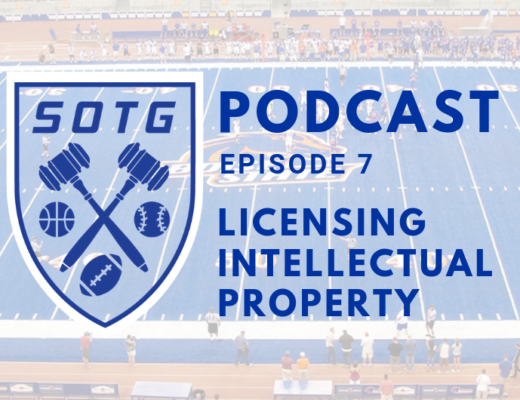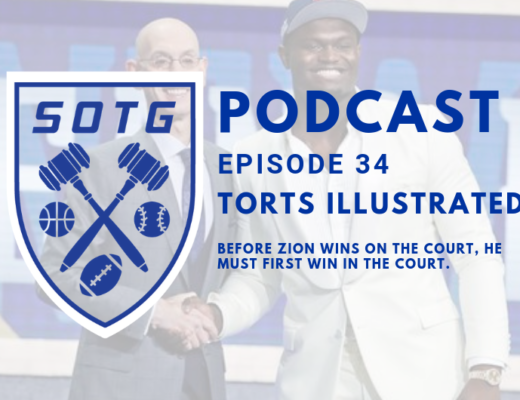How Athletes Can Best Protect Their Intellectual Property
I still remember to this day getting my first pair of Nikes. I was in second grade and instead of getting a generic pair of shoes for my first day of school, my parents bought me the coolest blue Nike shoes. Nothing was cooler to me than finally wearing the brand of shoes that so many athletes had won the gold medal and world championships in. I even remember running our warm up lap in our PE class and getting ‘first place.’ I thought it must be the shoes. Nike had done a great job of building a brand and selling it to me even as an 8 year old kid.
When coming up with a name for your company, brand, or logo, one needs to consider what has been created before. Just like you are trying to protect your intellectual property form future violators, past filers of trademarks have the right to not have your mark violate their rights. When coming up with you brand you should keep in mind the sliding scale below and try to keep as far to the right as you can. The closer you are to that side, the more likely your mark will be approved and protected by the USPTO. Below I will explain the 5 categories and give you some sports examples of those names.

First, lets define trademark. A trademark is a brand name among other things. A trademark or service mark includes any word, name, symbol, device, or any combination, used or intended to be used to identify and distinguish the goods/services of one seller or provider from those of others, and to indicate the source of the goods/services.
Fanciful Marks
The most protected mark is call at ‘Fanciful Mark.’ This refers to a term that has been created for the sole purpose of functioning as a trademark or service mark. Fanciful marks are the most likely to be approved by the USPTO. Examples include ADIDAS which is a made up word from the combining of the creators first and last name. Rebok also falls into this category.
Arbitrary Marks
Next we have ‘Arbitrary Marks.’ These are common words, but not common in connection with the products or services being trademarked. Let’s take another athletic brand ware, ‘Puma’ for example. Puma is a large cat but the shoe company has nothing to do with cats or wildlife. As this company produces shoes and clothing, this name, if being introduced today, would have not problem being accepted, as long as no other athletic apparel company has a similar mark. Nike is another example of taking a word that exists but has little if anything to do with the product or service offered by the company.
Suggestive Marks
‘Suggestive marks’ are those that require imagination, thought, or perception in reaching a conclusion about the nature of the products or services being trademarked. I think it is easiest to just look at another athletic apparel company for this category. Under Armour started as a company that provided clothing to football player to wear under their pads to prevent chafing and injury. If you run with that definition, you could eventually see why they are called ‘Under Armour,’ but it is far from obvious.
Descriptive Marks
As we get to ‘Descriptive marks’ it is important to note that while these types of trademarks might not be trademarkable at the creation of the brand, as a trademark is used in commerce and customers associate that name with a specific product, that trademark become a lot more protectable. ‘Descriptive marks’ are those that are merely characterize and describe or deceptively misdescriptive regarding the products or services seeking trademark. Example would be Louisville Slugger or Jerzee. Both of these brands arguably just describe what they make. But after time in the marketplace, both of these have protectable trademarks.
Generic Marks
Lastly, we have generic. These would not protectable as they do little to nothing to differentiate their brand from those out in the marketplace. No protection will be afforded by the USPTO if you create this brand. No example of these as no brands would be foolish enough to stake their reputation on a impossible trademark.
Athletes are always looking for a competitive advantage. What is going to make them better and set them apart from the competition. This is the same in sports business. When they are coming out of college and starting their career on and off the court, they are looking to build a brand and reputation that will follow them for their whole career. It is critical that they keep in mind this sliding scale so they know how to protect their brand and marks.
